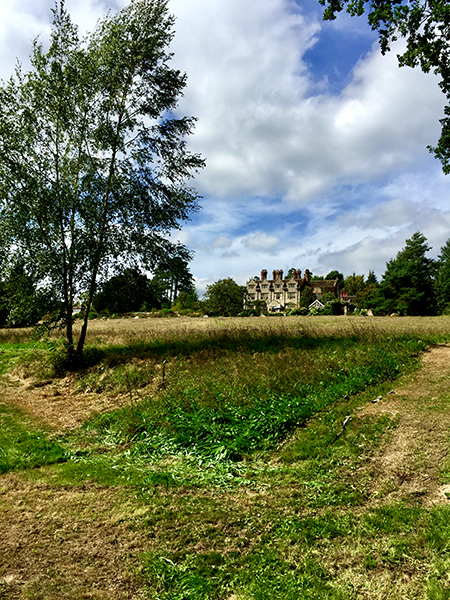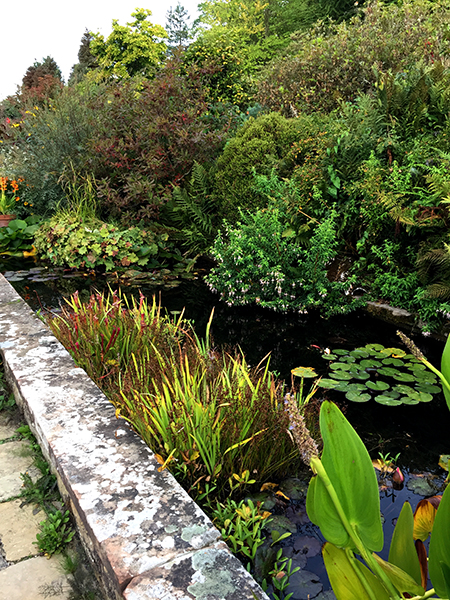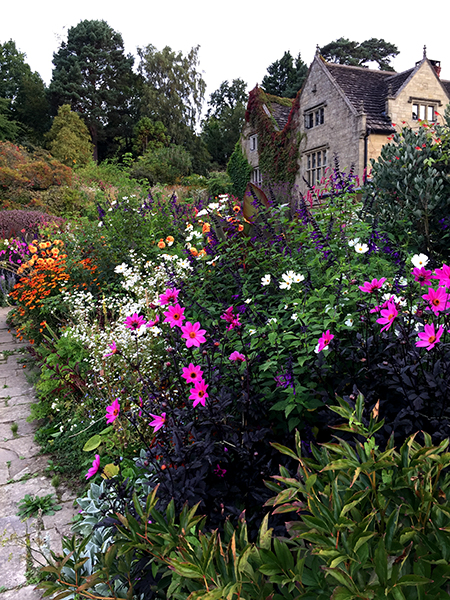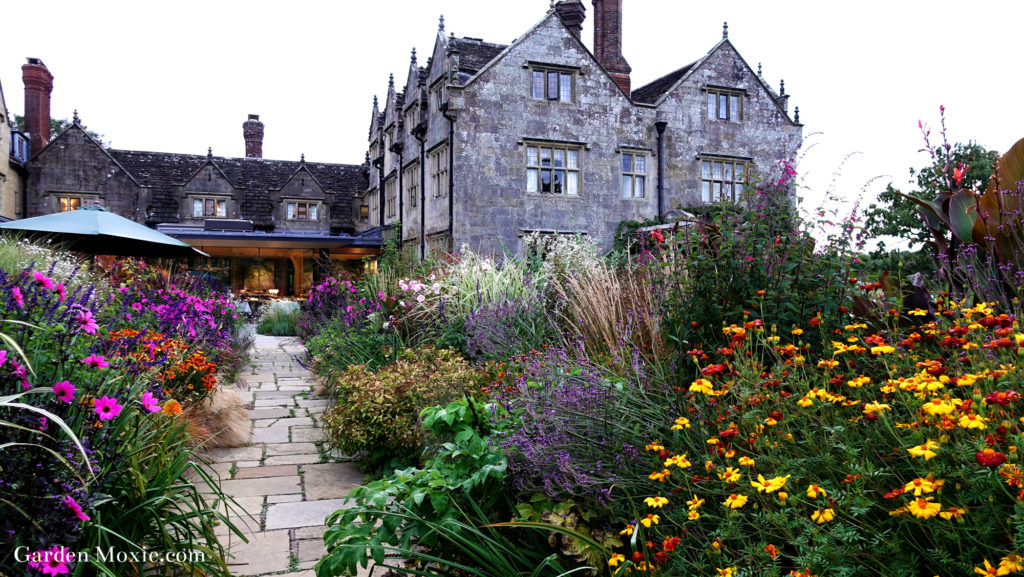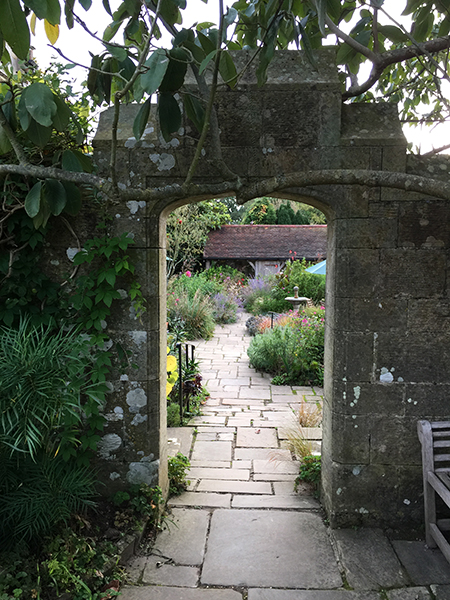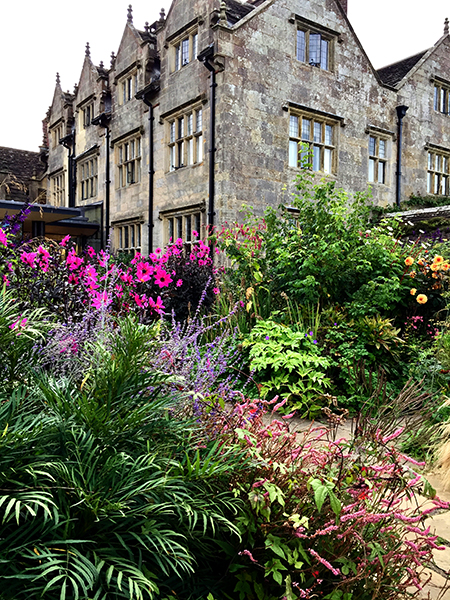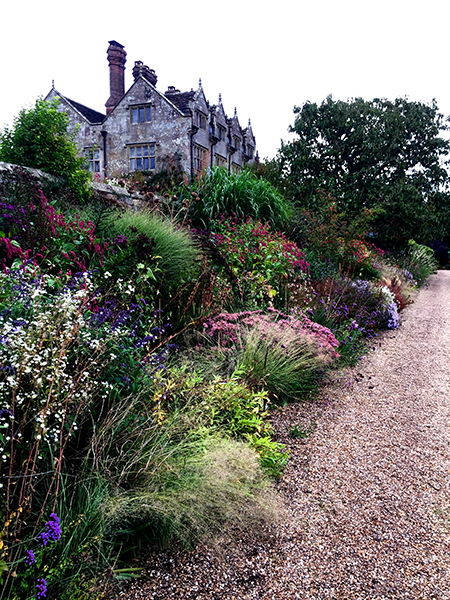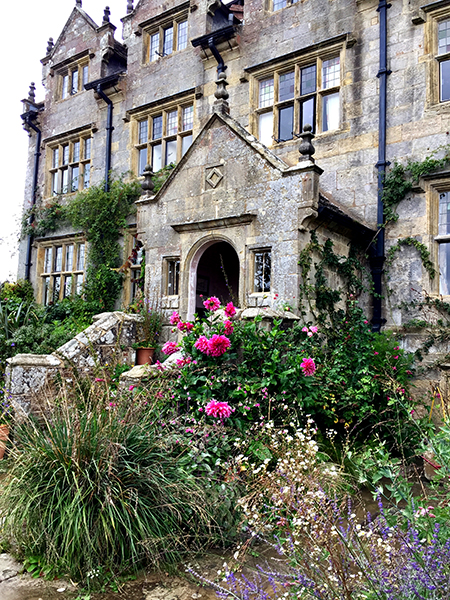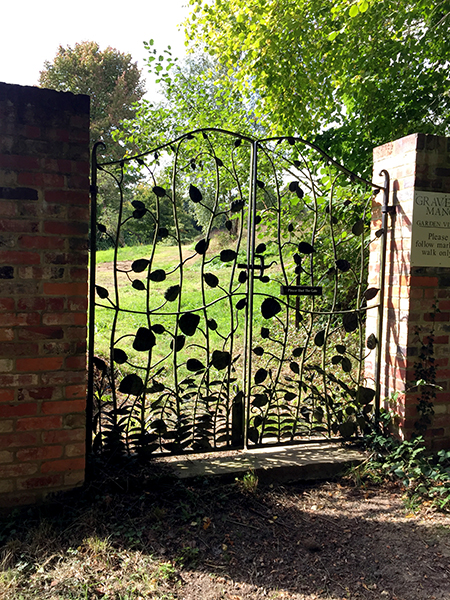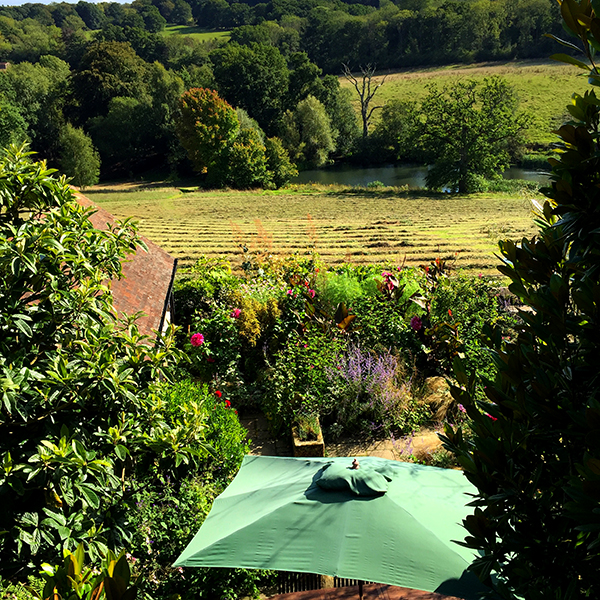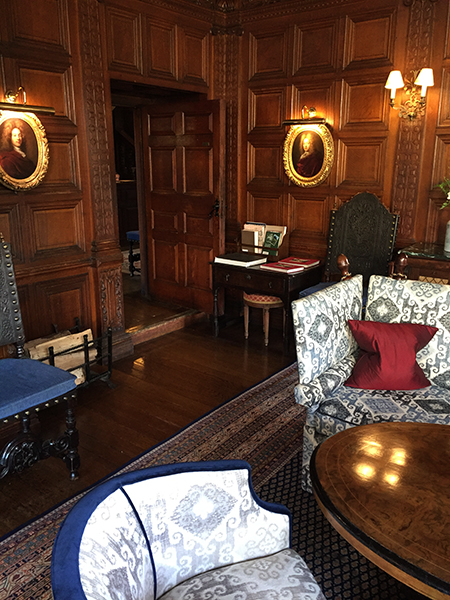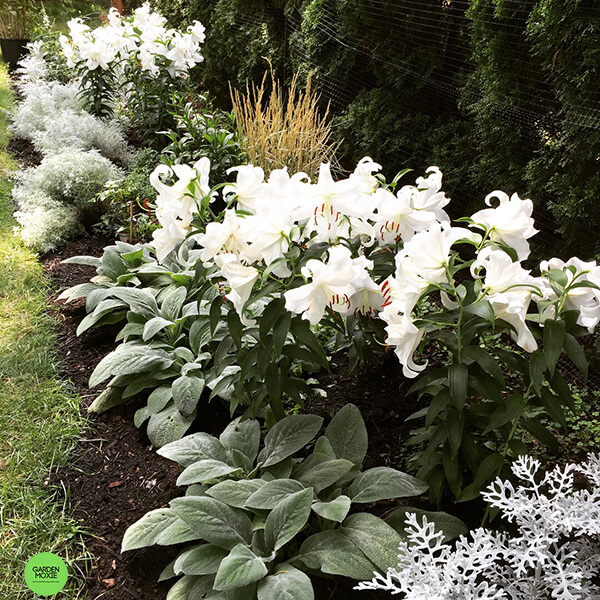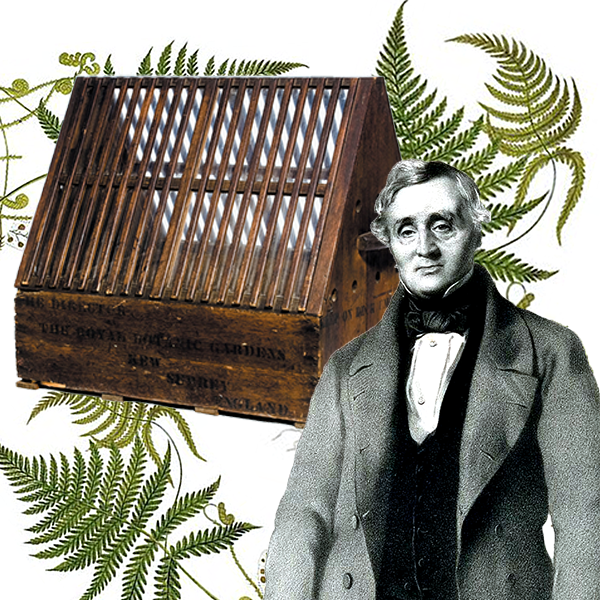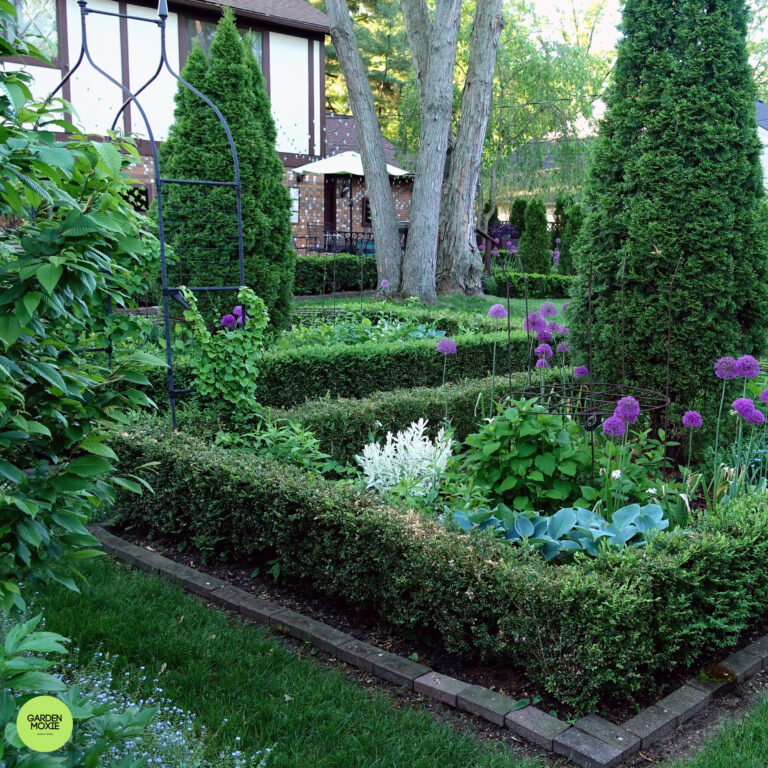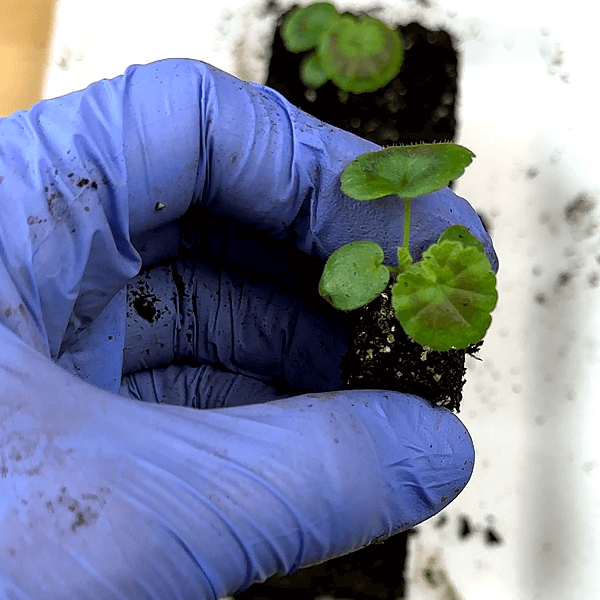England’s Most Opinionated Gardener
If you’re a fan of beautiful, natural-looking gardens, then you’ve probably heard of William Robinson. This pioneering English gardener of the late 19th and early 20th centuries played a huge role in shaping the way we think about gardens today. And one of the best places to see his influential work is at Gravetye Manor in West Sussex.
Robinson was a bit of a rebel in the garden world back in his day. While the typical Victorian-era gardens of the time were all about formal, geometric designs, Robinson championed a much more natural, “wild” style of gardening. He wanted gardens to look like they belonged in the landscape, filled with hardy native plants rather than delicate greenhouse specimens.
Gravetye Manor, which Robinson acquired in 1884, became the living embodiment of his progressive gardening philosophies. Over the next few decades, he transformed the property’s grounds into a showcase for his ideas – and the results were nothing short of stunning. Even over a century later, Gravetye remains one of the most beautiful and innovative gardens in England, thanks to Robinson’s pioneering vision.
In this post, we’ll take a closer look at William Robinson, his life and work, and the incredible gardens he created at his beloved Gravetye Manor. Whether you’re a gardening enthusiast or just appreciate beautiful outdoor spaces, I think you’ll find his story to be a fascinating one.
Robinson’s Garden Journal Documenting the Making of Gravetye
Robinson’s Early Life and Career
Robinson was born in 1838 in Ireland, where he spent much of his childhood. From a young age, he showed a keen interest in the natural world around him and the plants that grew wild in the Irish countryside. This early exposure to the beauty of nature’s own garden designs would go on to have a profound influence on Robinson’s future work.

As a young man, Robinson traveled widely across Europe, studying the gardens and landscapes he encountered. He spent time working as a gardener in places like Germany and Switzerland, where he continued to hone his skills and deepen his appreciation for more naturalistic, informal garden styles. This was quite different from the very regimented, ornamental gardens that were popular in Victorian England at the time.
When Robinson returned to the UK, he put his experiences to work, taking on jobs as a professional gardener. He quickly gained a reputation for his innovative approaches, rejecting the formal Victorian garden designs in favor of a much looser, wilder aesthetic. Robinson championed the use of hardy, native plants that could thrive on their own without intensive pruning and landscaping.
Robinson’s progressive ideas were laid out in a series of influential books, including the seminal work “The Wild Garden” published in 1870. These writings helped spread his philosophy and usher in a new era in garden design that moved beyond the stiff, manicured look of the past.
It was around this time that Robinson came across the historic Gravetye Manor estate in West Sussex. Recognizing its potential, he purchased the property in 1884, ready to put his vision into practice on a grand scale. The gardens at Gravetye would become the ultimate expression of Robinson’s “wild gardening” principles and he would eventually own over 1000 acres of property.
Robinson’s Laboratory Gravetye Manor
Gravetye Manor is a historic property located in the West Sussex countryside, not far from London. The manor house itself dates back to the 16th century.
Robinson saw Gravetye as a blank canvas where he could create something truly special – a garden that looked as if it had simply grown there naturally, without the heavy hand of human intervention. He wanted it to blend seamlessly with the existing landscape, drawing on the native plants and wild, rolling terrain of the property.
Over the next few decades, Robinson set about transforming Gravetye’s grounds into this naturalistic vision. He planted sweeping drifts of colorful perennials, allowed trees and shrubs to grow more freely, and incorporated ponds, streams, and other water features. The results were simply breathtaking – a lush, idyllic garden that felt like it had been there forever.
One of the most striking elements of Gravetye was Robinson’s innovative use of hardy, native plants. Rather than relying on delicate greenhouse specimens, he favored sturdy, self-sufficient flowers, trees, and other greenery that could thrive on their own with minimal maintenance. This was a marked departure from the fussy, high-maintenance plantings found in typical Victorian gardens.
Gravetye Manor’s stunning natural beauty quickly made it a symbol of Robinson’s revolutionary gardening philosophy. Visitors flocked to the estate to experience his “wild garden” in person, and many were inspired to adopt similar approaches in their own landscapes. Gravetye became a living, breathing embodiment of Robinson’s vision – and it still is to this day.
Robinson’s Career as a Garden Writer
At the heart of William Robinson’s work was a deep reverence for nature and a rejection of the rigid, formal garden designs that were popular during the Victorian era. Rather than striving to tame and control the landscape, Robinson believed gardens should embrace a more natural, free-flowing aesthetic.
This naturalistic approach was a radical departure from Victorian gardening norms, and Robinson wasn’t afraid to challenge the establishment. In a series of influential books, including the seminal 1870 work “The Wild Garden,” he laid out his progressive philosophies and urged others to rethink their preconceptions about what a garden should be.
Robinson’s writings quickly gained a devoted following among fellow gardeners and landscape designers who were hungry for a fresh perspective. His ideas about embracing native plants, allowing a more informal growth habit, and designing gardens to coexist with (rather than dominate) the natural landscape were revolutionary at the time.
Through his books and articles, Robinson helped usher in a new era of garden design that moved away from the rigid formality of the past. He inspired countless gardeners to experiment with wild, naturalistic plantings and to let their outdoor spaces evolve organically. This paved the way for the rise of the beloved English cottage garden style, which drew heavily on Robinson’s principles.
William Robinson’s influence on garden design and horticulture can still be felt over a century after his death. Though he may have been considered a radical in his own time, Robinson’s pioneering ideas and approaches have become cornerstones of modern gardening.
Robinson’s rejection of the stiff, geometric Victorian garden played a crucial role in ushering in a new era of landscape design. His “wild gardening” philosophy, which celebrated the inherent beauty of nature, paved the way for more naturalistic, sustainable approaches that are now the norm. Many of the principles he championed, such as using drought-tolerant plants and minimizing maintenance, are widely embraced by contemporary gardeners.
The gardens at Gravetye Manor stand as the crowning jewel of Robinson’s legacy. This stunning property, which he meticulously shaped over decades, remains one of the most important and influential designed landscapes in England. Visitors are still awestruck by the way Robinson blended formal and informal elements, creating a harmonious synthesis of nature and human artistry.
Today, William Robinson is rightly regarded as one of the most important and influential figures in the history of gardening. His lasting impact can be seen in the gardens, landscapes, and horticultural practices that continue to be shaped by his revolutionary vision. Gravetye Manor stands as a testament to his enduring legacy – a place where the wild and the cultivated coexist in perfect harmony.
As you can see, William Robinson was truly a gardening visionary whose impact continues to be felt to this day. Through his innovative approaches, unbridled creativity, and sheer passion for the natural world, he helped transform the very way we think about gardens and outdoor spaces.
Robinson’s masterpiece, Gravetye Manor, stands as a living embodiment of his “wild gardening” philosophy – a stunning, harmonious landscape that celebrates the inherent beauty of the natural environment. To wander through these gardens is to be transported back in time, to experience the awe and wonder that Robinson must have felt as he slowly brought his ambitious vision to life.
And yet, Gravetye is not just a relic of the past. The gardens here remain among the most innovative and inspiring in the world, constantly evolving and adapting to new ecological realities. They serve as a testament to the timeless power of Robinson’s ideas and a reminder that the best gardens are ones that work in concert with nature, not against it.
If you haven’t had the chance to experience Gravetye Manor for yourself, I highly encourage you to plan a visit. Lose yourself in the sweeping vistas, lush plantings, and hidden delights of this remarkable place. Feel the sense of peace and wonder that Robinson must have felt as he tended to his beloved gardens, shaping them into a living work of art.
And if a trip to Gravetye isn’t in the cards, there’s still plenty of ways to dive deeper into the life and legacy of this gardening legend. Seek out Robinson’s influential writings, like “The Wild Garden,” to immerse yourself in his revolutionary philosophies. Explore how his ideas have continued to inspire modern landscape designers and horticulturists.
No matter how you choose to engage with William Robinson’s story, I guarantee you’ll come away with a newfound appreciation for the power of the natural world and the transformative potential of visionary garden design. Robinson’s work reminds us that the most meaningful outdoor spaces are those that exist in harmony with their surroundings – a lesson that feels more important than ever in our rapidly changing world.
So why not start your own journey of discovery into the life and legacy of this true gardening icon? I promise the rewards will be plentiful, and you may just find your own perspective on the natural world profoundly changed as a result.
That’s it for this week’s article. Thanks for being here. I’d love to know what you think of William Robinson. I find him an inspiring character. Happy gardening!

